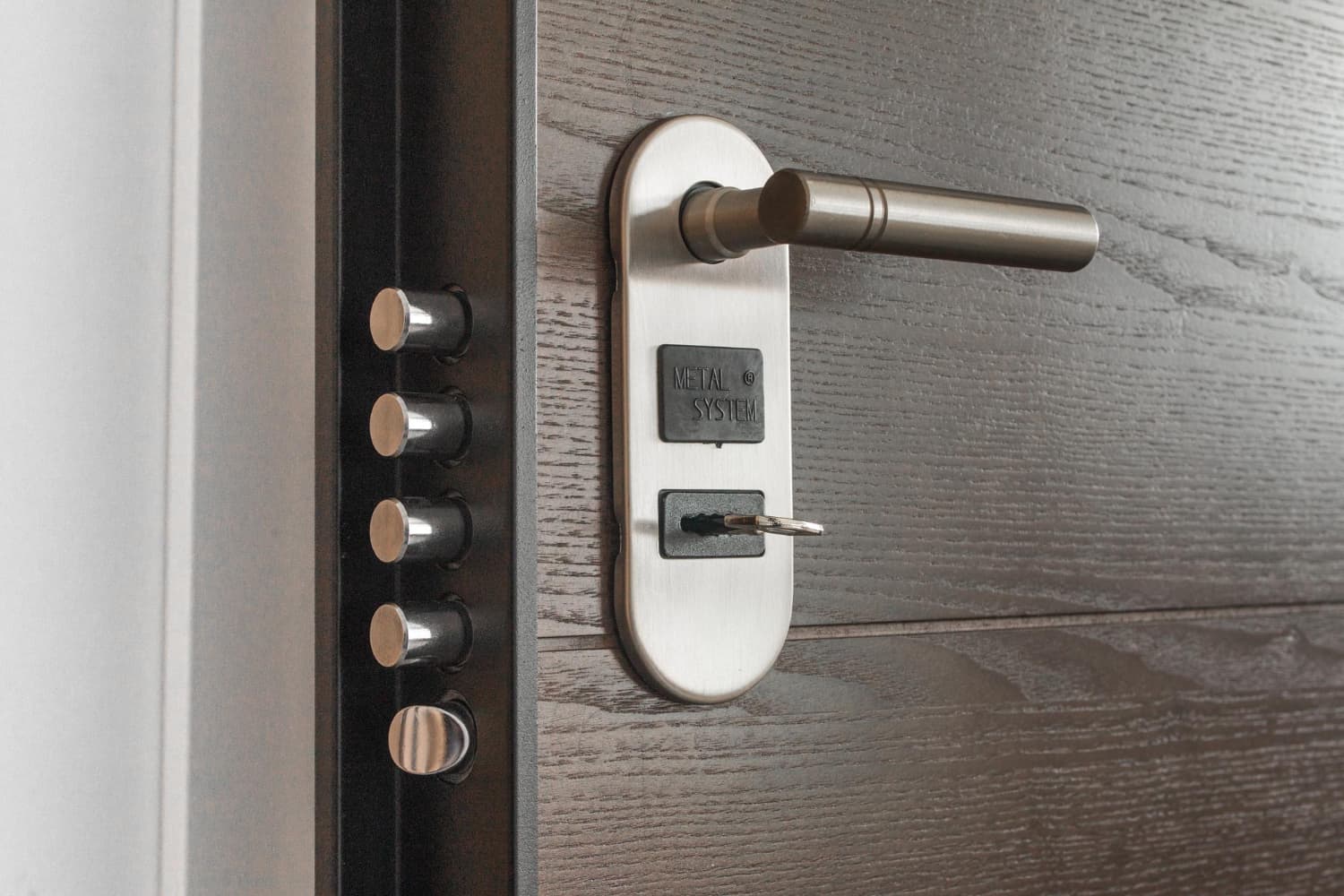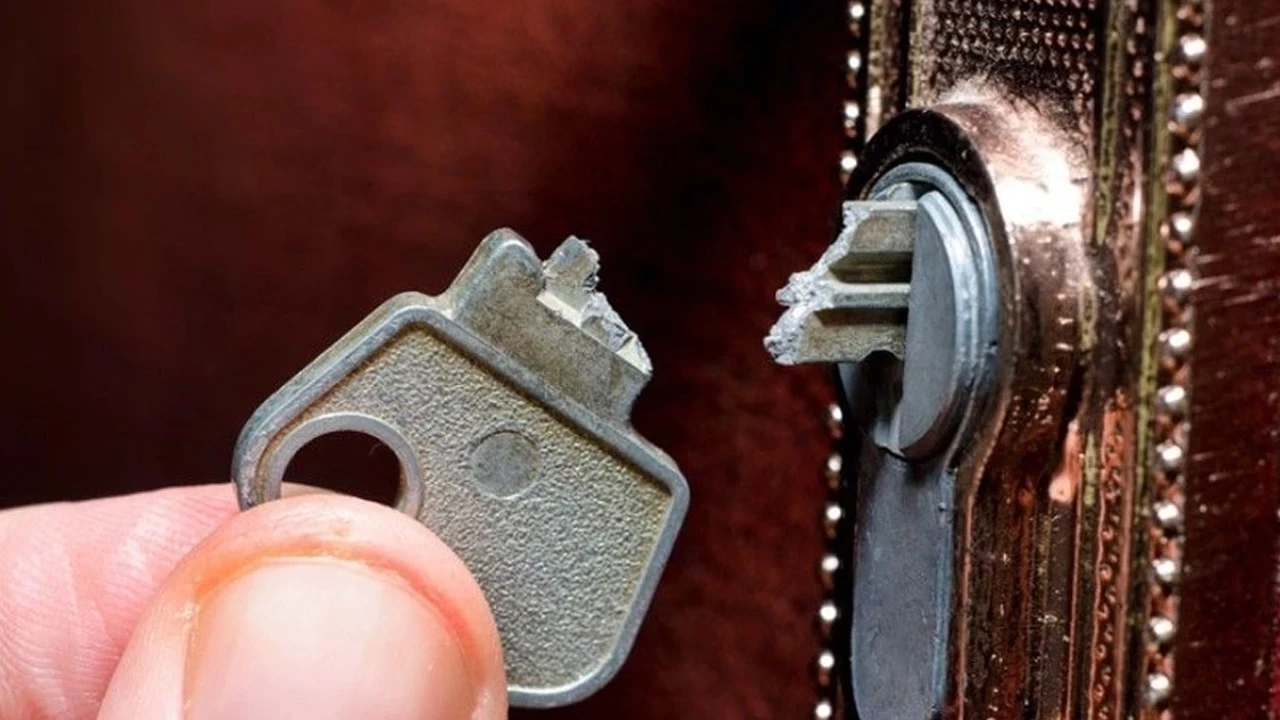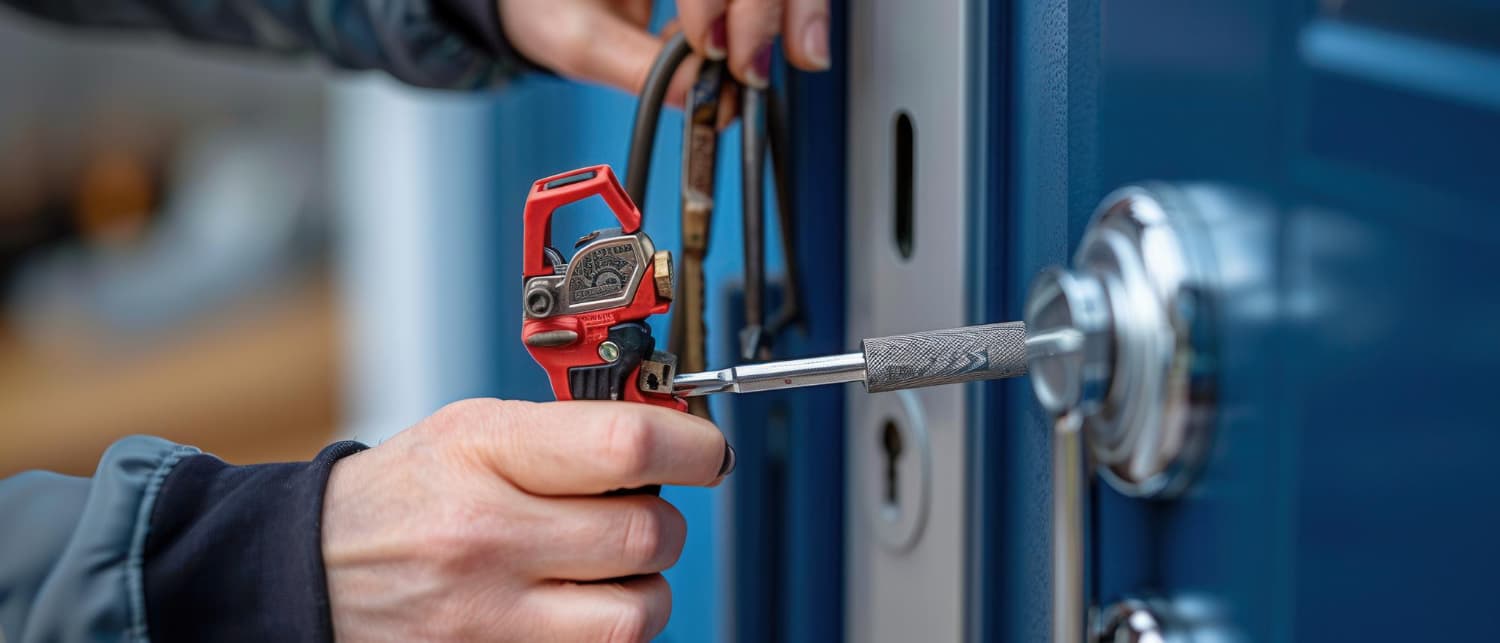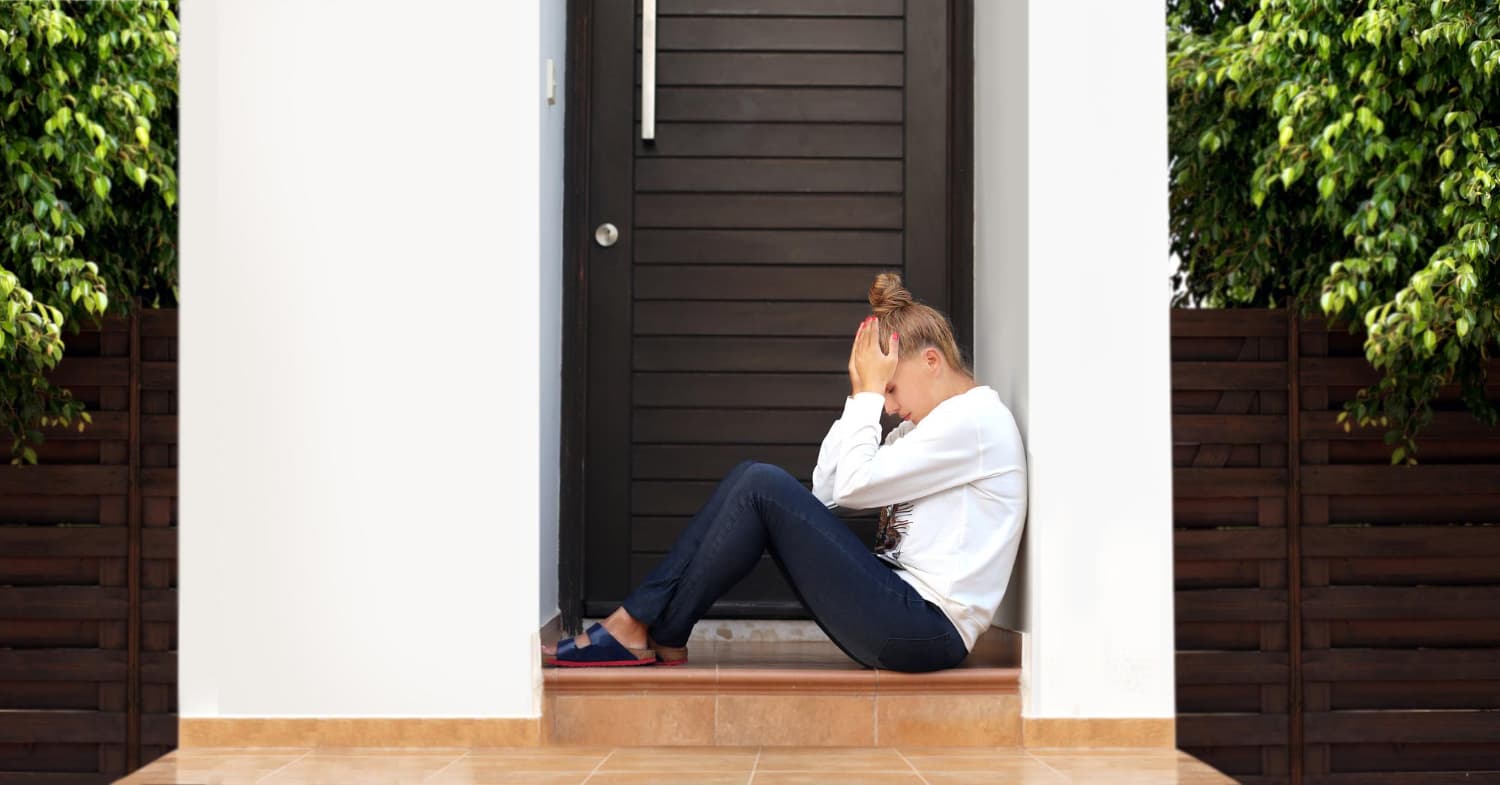Your front door is your first line of defense. While a solid door is important, the lock is what truly keeps your home safe. With so many options available, choosing the right one can feel overwhelming.
This guide will demystify the world of door locks, explaining the different types, security ratings, and key features you need to know to make an informed decision and invest in your peace of mind.
Step 1: Understand the Different Types of Locks
Most residential security uses one or a combination of these two main types of locks.
1. Deadbolts: The Gold Standard of Security
A deadbolt is a must-have for any entry door. Unlike a spring latch (which is found on most doorknobs and can be easily forced open), a deadbolt must be activated by a key or thumb-turn and «throws» a solid metal bolt into the door frame, making it extremely resistant to forced entry.
There are three common types:
-
Single Cylinder Deadbolt: The most common type. It uses a key on the outside and a thumb-turn on the inside. Perfect for doors without glass panels.
-
Double Cylinder Deadbolt: Uses a key to lock both from the inside and outside. Crucial for doors with glass panels nearby (e.g., a sidelight), as it prevents someone from breaking the glass and simply turning the thumb-turn. Note: Check local fire codes, as these can be a safety hazard in an emergency if the key isn’t accessible.
-
Vertical Deadbolt: Also known as a «jimmy-proof» deadbolt, it locks vertically into the strike plate. Very popular on double doors and apartment doors.
2. Knob and Lever Set Locks
These are the locks built into the doorknob or handle. Important: They should never be used as the primary lock on an exterior door. Their internal mechanisms are relatively weak and can be easily broken with force. They are best used for convenience and as a secondary lock to be used when you are home.
Step 2: Decipher Lock Security Grades
Not all locks are created equal. The American National Standards Institute (ANSI) establishes grades to measure a lock’s durability and strength. This is the most important factor in your decision.
-
Grade 1 (Commercial Grade): The highest security rating. These locks are designed for commercial and high-traffic buildings. They have been tested to withstand the most force, the most cycles of locking/unlocking, and are highly pick-resistant. This is the best choice for maximum home security.
-
Grade 2 (Heavy-Duty Residential/Light Commercial): A robust and reliable option. Stronger than Grade 3, these are found on many high-quality residential locks and light commercial buildings. They offer an excellent balance of security and value for most homeowners.
-
Grade 3 (Residential Grade): The most common and basic grade. These locks meet the minimum requirements for security and are better than no lock at all, but they are the most vulnerable to kicking, forcing, and wear over time.
Our Recommendation: Always choose at least an ANSI Grade 2 lock for your entry door. For the best protection, invest in a Grade 1 lock.
Step 3: Know the Core Mechanisms: Cylinders
This is the «brain» of the lock where the key is inserted. The two main types are:
A. Pin Tumbler Cylinder (Standard)
This is the most common type of lock mechanism. It uses a series of pins of varying lengths that prevent the lock from opening without the correct key.
-
Security Concern: Standard pin tumbler locks can be vulnerable to picking, bumping, and snapping.
-
Solution: Look for locks with anti-pick, anti-bump, and anti-drill features. High-security cylinders often have hardened steel pins and plates to resist drilling and «snapping» attacks.
B. High-Security Cylinders
These are advanced cylinders designed to resist sophisticated attacks. Brands like Medeco, Mul-T-Lock, and ASSA Abloy are industry leaders. They often feature:
-
Restricted Keyways: You cannot get copies made at any hardware store; only authorized locksmiths with permission can duplicate the keys.
-
Advanced Mechanisms: They use side pins, sliders, or magnetic elements that make them extremely resistant to picking and bumping.
Your Essential Lock Buying Checklist
Before you make a purchase, use this list:
-
Prioritize the Deadbolt: Ensure your main lock is a robust deadbolt, not just a knob lock.
-
Check the ANSI Grade: Look for the Grade 1 or Grade 2 label on the packaging.
-
Look for Security Features: Choose a lock with hardened steel components, anti-drill plates, and anti-pick pins.
-
Consider the Key: For maximum security, consider a lock with a restricted keyway.
-
Don’t Forget the Strike Plate: The metal plate on the door frame is just as important as the lock itself. A weak strike plate attached with short screws can be kicked in easily. A good lock will come with a heavy-duty strike plate secured by 3-inch-long screws that anchor into the wall stud, not just the door frame.
-
Think About Convenience: Do you want a smart lock with keypad entry? Ensure it has a high ANSI grade and a reliable mechanical key override.
Still Unsure? Consult a Professional!
Choosing the right lock is a critical decision for your safety. The best choice depends on your specific door, location, and security needs.
Our team is here to help. We are security experts and can:
-
Assess your current door and lock setup.
-
Recommend the best type and grade of lock for your home and budget.
-
Professionally install your new lock to ensure it functions perfectly and provides the security you’re paying for.
Don’t leave your security to chance. Contact us today for a professional consultation and ensure your home is protected by the best.




